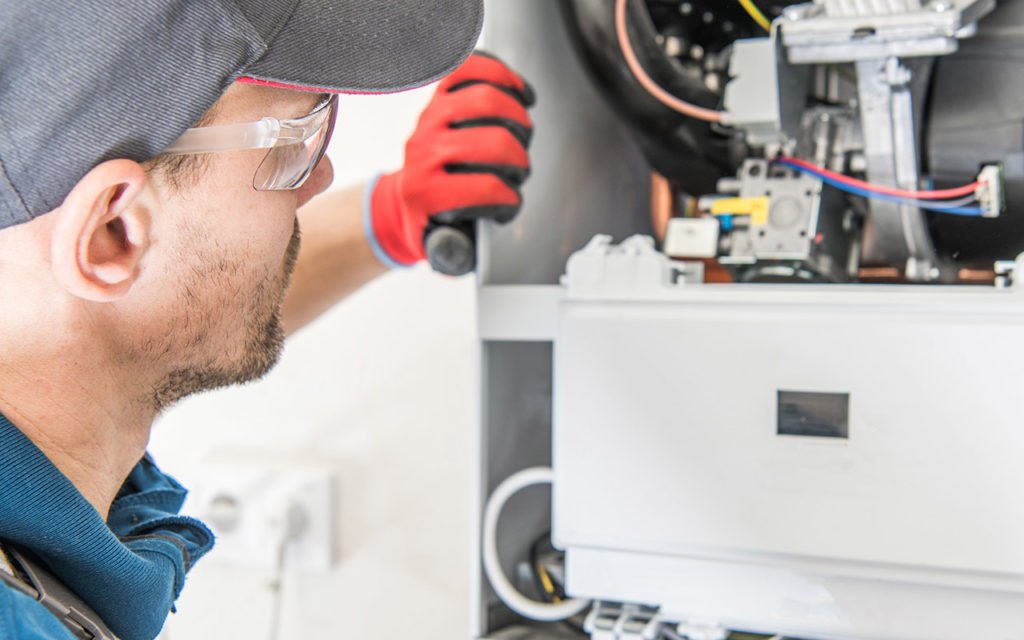
Whether you’re looking for a new furnace or information on an existing furnace in your home, it should be a priority to understand how long you can expect it to last. While there is not one specific answer to this question of longevity, there are a number of factors that can affect the lifespan and are broken down for you to understand below.
A furnace that is well taken care of and maintained can last at least 12to 18 years with the potential to function even longer with diligent repairs and annual maintenance. The lifetime of a furnace is somewhat subjective with how many times you are willing to invest in repairs and eventually it will be a better idea to replace it completely over a repair.
Electric furnaces usually have a longer lifetime than gas models because the design is much more simple without the need for any combustion.
There is indeed variation in what you can expect in terms of life expectancy, but there are several more factors that are within your control that can reduce the life of your furnace.
It is important to ensure that your furnace is appropriately sized for your home. Furnaces that are too small may stay on for too long (struggling to heat the whole home) which causes stress on its various parts. If it is too big, the furnace will go through shorter cycles which also causes wear and tear by having to turn on and off too quickly.
We recommend getting your furnace installed by a trained professional like one of our specialists at WM Buffington. If the furnace has incorrectly sized, designed, or sealed ductwork, the airflow can affect the system's efficiency and performance. Poorly installed fuel lines and drainage systems can also decrease the lifespan.
Similar to the sizing factor, if you as a homeowner set your thermostat to be too high or too low, it will cause your furnace to run more often than it should and in turn reduce its lifespan.
Without routine maintenance, you can expect there to be a buildup of dirt and dust on heat exchanges, fan blades, and burners. This will restrict airflow and create less efficient heat transfer causing the furnace to work harder and it will imbalance fans affecting the motor life.
Once you have purchased and installed an appropriately sized furnace, the most important factor for increased longevity is to stay on top of its recommended, routine maintenance.
Maintenance will most likely be recommended on an annual basis for a few reasons: it will improve furnace performance as well as its efficiency. If your furnace uses less energy and is not being strained, it will live well beyond its expected useful service life. Otherwise, without maintenance, you may find yourself needing to replace it prematurely.
We offer a maintenance plan that makes it easy to stay on top of routine repairs and furnace care! Check it out if you’re in the Central Pennsylvania area!
It is always good to be cautious when dealing with expectations around your furnace and knowing when it needs to be replaced is useful information for a homeowner. You definitely don’t want to find yourself without heat in the middle of the winter!
Find a thorough guide on how to tell when your furnace needs to be replaced in our blog here, including information on the best time of year to get the project done. Also be sure to get an idea how much it will cost to replace your furnace here.
If you are unsure about what furnace you may need if you are searching for a replacement, read our deep dive into the various types of furnaces here.
Are you in need of more personalized help or advice for your furnace? If you are in the Central Pennsylvania area – call WM Buffington! Our team of trained professionals can help through every step in the process and deliver the perfect solution.